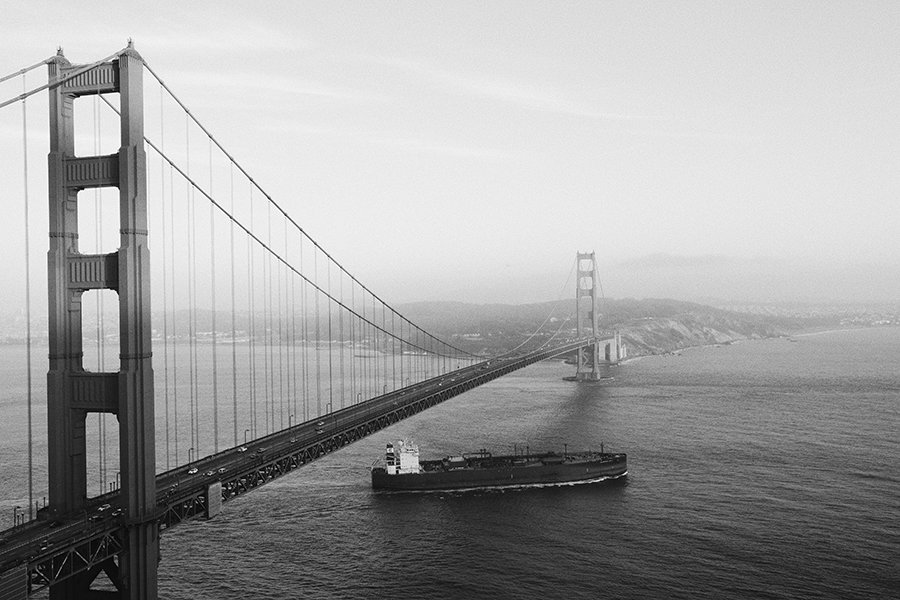Are engineers creative? Well, not all engineering roles demand creativity, but engineering as a whole is pretty big on it.
Before we dive into this, let’s get on the same page with these two terms:
- Engineering: the art of using science and math to design and build stuff
- Creativity: the act of using your imagination or original ideas to make things
Sure, engineering requires a healthy dose of logic and theory. But creativity is what pushes the application of that logic and theory forward. Think of it as a dynamic duo.
With that in mind, let’s jump into our chat.

Important Note: Not all problem-solving is created equal. Some problem-solving calls for only a smidge of creativity.
Take this, for instance: a switch on a gadget stops working. You open it up, spot a busted mechanical part, replace it, and voilà! The thing works again.
Now, that wasn’t exactly a creative masterpiece. You didn’t come up with anything groundbreaking. But you did flex your imagination a bit to troubleshoot.
How much creativity does engineering really have, considering it’s bound by physical laws?

Almost everything you see around you was created by engineers. The following is a shortlist of designs you’re probably familiar with:
- Cars
- Airplanes
- Smartphones
- TVs
- Video games
- Buildings
- Bridges
- Prosthetic limbs
For all these designs, engineers relied on their knowledge of physical laws. You could say that these laws are an engineer’s bread and butter.
Without this toolkit, your creative ideas would stay stuck in your head. How could you build a plane without grasping Bernoulli’s Principle? You simply couldn’t!
So, as an engineer, you’re working within the boundaries of physical laws. But at the same time, you’re always repurposing and iterating on existing designs, striving for constant improvement.
Take a car, for example. Its basic operation hasn’t changed in ages. But thanks to a pinch of creativity, cars keep getting faster, lighter, and comfier. These enhancements demand imagination to build on previous designs.
That brings us to art. Most art forms—writing, painting, sculpting, you name it—are highly derivative. In other words, every piece of art borrows from past works to some extent, but creativity still steals the show.
Ready to take it up a notch?
Engineering creativity compared to the art of music
A lot of engineering solutions use pre-made parts, products, and processes. So, there’s often a design guideline or structure to follow. But you still need to pick the best parts to fit together, integrating them into existing systems.
Some might not see this as creativity, just logic and rule-following. After all, there’s a rule for every scenario or action. But this process isn’t that different from making music.
I’ve been playing music since I was 8 years old, and I can tell you that composing orchestral music is an intricate dance. You don’t just throw some notes on paper and end up with a Mozart piece.
Take my music teacher, for instance, who happened to be a celebrated composer. He’d meticulously examine various instruments through the lens of music theory, then figure out the perfect way to blend and harmonize notes.
He’d always emphasize that composing music is a logical endeavor, one that involves loads of problem-solving to ensure the notes strike the right chord. You could even argue that music composers take a page out of past artists’ books, repurposing and fine-tuning melody patterns from music theory. But it takes a dash of creativity to know which tunes to tweak and what to recycle in order to craft a sound that’s music to our ears.
As it turns out, even one of history’s most illustrious composers was a champ at this melody-morphing game.
The myth behind Wolfgang Amadeus Mozart’s creative success

As a kid, I was led to believe that composing came as naturally as breathing to Mozart. Like a bolt of lightning striking him while taking a leisurely walk, he could conjure up entire musical scores in his head, itching to be scribbled down.
Turns out, that’s far from the truth.
Mozart was a workaholic, relentlessly refining his craft. He’d tweak his compositions tirelessly and jot down musical sketches to review, improve, and brainstorm. The man himself admitted that a series of his string quartets were the “fruit of long and laborious effort.” And forget about composing in silence—Mozart needed to sit at the piano and hear the notes as he wrote.
The tale of Mozart’s first concerto
At the tender age of 11, Mozart penned his first piano concerto. But it wasn’t a eureka moment. Instead, his music borrowed from existing tunes. This doesn’t undermine his prodigious talent—heck, his first original concerto came at just 17!—but it does highlight the imitative nature of music composition.
Moreover, his father, a composer himself, began tutoring young Mozart at the age of 3. So, he had a solid 14 years of practice under his belt before crafting his original concerto.
Mozart once confided in a friend,
“People err who think my art comes easily to me. I assure you, dear friend, nobody has devoted so much time and thought to compositions as I. There is not a famous master whose music I have not industriously studied through many times.”
Mozart’s creativity versus engineers
In engineering, you’re always learning to perfect your skills. You borrow ideas from other engineers’ discoveries to form original concepts—all within the bounds of physical laws.
Likewise, Mozart practiced relentlessly and composed within the music theory he adhered to. Drawing from his experience and knowledge of music, he was able to create his unique sound.
Now, I’m not equating your average engineer to Mozart, but both fields boast exceptional talents, much like Mozart’s legendary status among composers.
Ultimately, engineering and musical composition share a striking similarity when it comes to creativity.
Engineering and creativity: It’s all about your role

Engineering offers a myriad of fields and positions, which can influence the level of creativity you’ll get to exercise.
Take SpaceX engineers, for example. They’re at the forefront of technology, tackling challenges like:
- Reducing rocket launch costs for more space flights
- Enhancing safety for human travel to Mars and beyond
- Boosting energy efficiency for deep space exploration
These unsolved problems call for innovative ideas, and thus, creativity.
Countless completed engineering projects also showcase immense creativity, like the design and construction of the Golden Gate Bridge. You can learn more in my post on 7 steps to becoming a creative engineer.
Bear in mind, these roles are the crème de la crème of engineering. I’d even call them glamorous. Like Mozart, only a select few engineers can flex their creative muscles to such extraordinary extents.
Not every engineer has a creative spark
In basketball, the most difficult position to play is point guard.
As the playmaker, a point guard has to slice through the defense like a hot knife through butter, conjuring up imaginative ways for their team to score. Meanwhile, other players chill in their designated spots, just waiting for that pass to come their way.
It’s obvious that not all NBA players are born to be playmakers. Some might not have the physical prowess, while others just don’t have the creative chops. This is pretty similar to the world of engineering.
In most projects, you’ll find one or two engineers doing the heavy lifting in the creativity department. The rest of the team chips in with support work that doesn’t really demand a whole lot of imagination. This is especially true when tackling super complex projects.
Now, let’s get real here. Being an engineer doesn’t automatically mean you’re a creative genius. Maybe you’re just a math whiz. Or perhaps you’re a pro at dissecting project specs and reusing solutions from others.
But hey, give those engineers a chance, and I bet many of them can dial up their creativity.
Elon Musk once said,
“I think it is possible for ordinary people to choose to be extraordinary.”
However, there’s a limit to how far engineering creativity can go. It all boils down to individual traits like:
- Rapid spatial reasoning
- Memory capacity
- Pattern recognition
And speaking of creativity, check out my 20 tips on how engineers can become more creative.
“Are engineers creative?” wrap up
Ask anyone what creativity means, and you’ll get a different answer every time. But one thing’s for sure: engineers are problem-solvers. They’re all about coming up with slick solutions while navigating constraints and conditions like a pro.
Sure, the end game is clear, but the road to get there is anything but. That’s where imagination and those one-of-a-kind ideas step into the spotlight.
So, whatever your take on creativity is, engineering is the bridge between our minds and the real world. It’s what’s helped us step out of caves and build this incredible, tech-filled wonderland we live in today.
What do you think? Are engineers creative? And which profession do you reckon takes the cake for the highest level of creativity?
Featured Image Photo Credit: Johann Nepomuk della Croce (image cropped)
